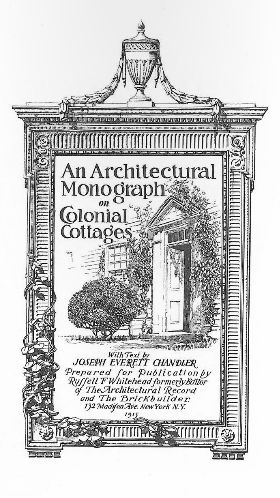How can an architectural wooden structure that towers above the average person have a smaller carbon footprint than a gadget that fits into the palm of your hand? It’s all in the materials. An installation entitled ‘The Invisible Store of Happiness’ by designer Sebastian Cox and sculptor Laura Ellen Bacon stands as an example of the sustainability of wood, as well as its beauty and versatility, with ribbon-like sections of wood bent to create an intricate design within the structure’s core.
Standing beneath the 16th century arch of St. John’s Gate in London, the structure is made of steam-bent and twisted lengths of wood. Cox, who specializes in designing and building wooden furniture using traditional techniques, and Bacon, known for large site-specific sculptures made of woven and knotted wood, brought their complementary skills together to build a single structure. They got the idea after researching how much carbon is expended in the manufacture of Apple’s iPhone 6.
“We set ourselves the challenge of making the whole piece for less carbon than an iPhone 6,” Cox told Dezeen. “Every element in the making process was considered in the context of how it would affect the end figure of 100 kilograms of CO2.”
The structure ended up standing 9.2 feet tall, and acts as a metaphorical store of carbon, who recorded every kilogram of CO2 that was expended on the project during its manufacture and transport. Concentric layers of cherry and maple wood are set within the frame, attached by 380 clueless mortise and tenon joints. Each piece of wood was soaked in water overnight and then steamed at a very high temperature to make it pliable before being bent around formers and clamped in place as it cooled.
It’s a beautiful testament to the sustainability of wood, not to mention the lasting beauty and quality of time-honored wood joinery techniques.






